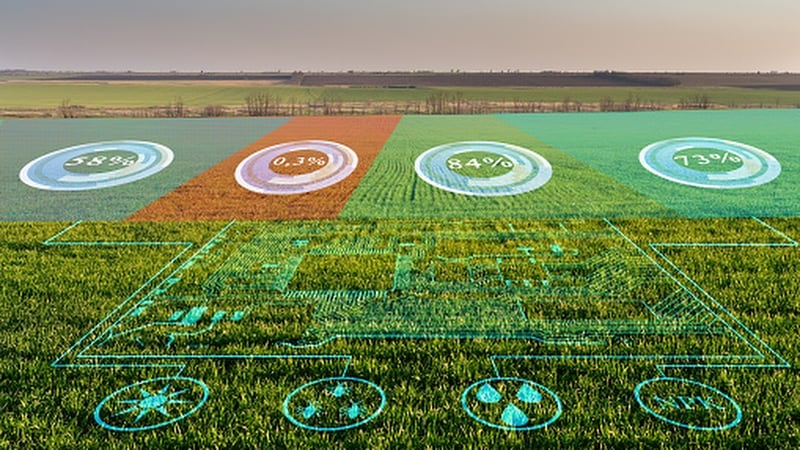RegenX recently announced that it had secured $500,000 in pre-seed funding from Singapore-based Wavemaker Impact.
The funding will go towards strengthening its position in Vietnam’s coffee sector but the startup is eager to expand across the SEA region.
“Vietnam is the largest producer of robusta coffee in the world, so it made sense for us to start here. We’re trying to gain a strong foothold in the supply chain in one country first and then expand from there,” said founder and CEO Bao Nguyen.
“The goal of course, is to expand outside of Vietnam quickly. In terms of wood staple trees, the focus is on coffee, cacao, and coconut for the SEA region.”
Its ambition is to abate 100 megatons of CO2 per year, which equates to six million hectares.
“For six million hectares, you will need to go outside of Vietnam quickly. So, we’re looking at SEA, plus a bit of India,” said Nguyen.
Financing farmers
Among the many challenges Vietnam’s coffee farmers face is rushing to sell their crops during the harvesting season, which happens only once a year.
“The reason they do that is because they need cash. They need the money immediately for their expenses. There’s always a feeling of rush towards the harvest season. But what is sold in advance gets a lower price and the farmers make less money,” Nguyen said.
According to Nguyen, just waiting for two more months can mean a world of difference for farmers’ incomes.
“If you can afford to wait another two months and the berry starts to ripen more, you can harvest ripe berries that are suitable for quality coffee. Then if you can, you can get to a higher quality bean, which gets. So, if you can afford these two months, you essentially make 20% more.
“What we do is come in a do pre-season, pre-harvest financing in order for them to wait. We pay a deposit essentially to secure the fact that they aren’t going to sell to a local broker. Then they can afford the time to do things right. Then we find buyers who are looking for quality coffee. That’s how we increase the revenue for the farmers.”
By doing so, Bao believes it can help smallholder farmers mitigate the financial challenges of regenerative farming.
“The real issue of regenerative agriculture today is not that farmers do not know that it’s good for them. It’s just that they can’t make more money and they just need money to live. Most of them are living below the living income already,” said Nguyen.
“In our selection process, we choose farmers who are doing regenerative agriculture or are in the transition to regenerative agriculture. This means they don’t just plant one crop and have a monoculture set-up where you use a lot of pesticides and chemical fertilisers. Our belief is that if farmers make more money that way, then they will keep doing what they are doing.”





